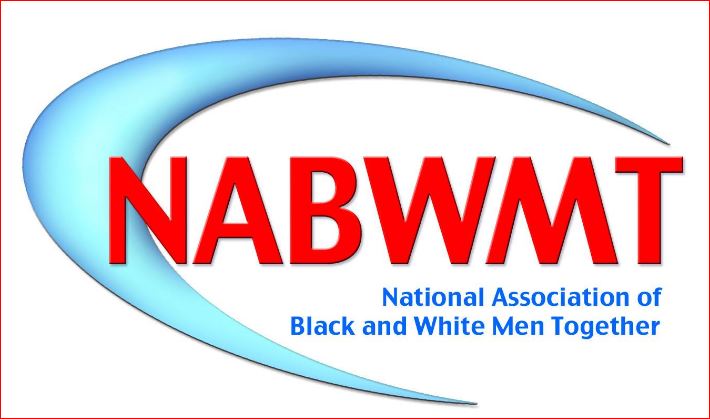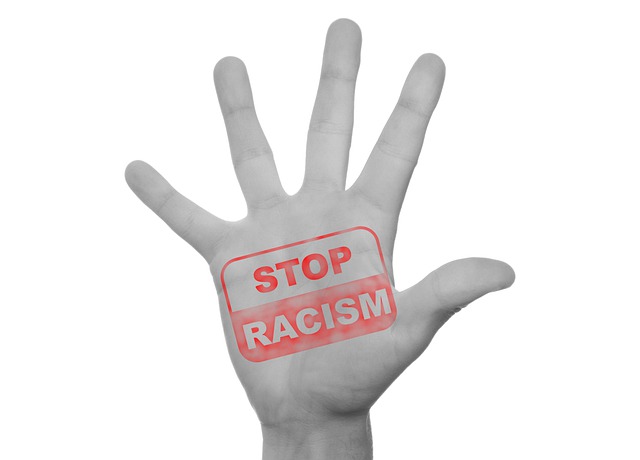Black civil rights activists have stood together with Asian Americans recently, and the latter responded in kind.
The two groups have worn “Black-Asian Unity” T-shirts and held #StopAsianHate rallies in cities such as Los Angeles and Chicago. The two groups, which historically have been divided by racial tensions and socioeconomic inequality, promised to cooperate to reduce violence and discrimination against people of color.
Yet nine months later, there are no major efforts to build bridges between the Black and Asian communities, and talks of solidarity have petered out.
The reasons for the lack of unity were varied, including the fact that Black and Asian communities often view each other with suspicion. They have one main disagreement: policing.
While Black Lives Matter activists have called for reducing police budgets and decreasing cities’ reliance on law enforcement officers, Asian leaders say that police are crucial to preventing attacks.
Law enforcement can differ depending on race. Black Americans have been disproportionately killed by the police, while Asian Americans are among the least likely to be harmed in police encounters, according to multiple studies.
Hate crimes against Asian people rose 73 percent in 2020, according to the F.B.I. The police killed 192 Black people in the United States this year, compared with 249 last year.
Often, Asian Americans see the police as protectors of private property rather than instruments of social control.
In May, President Biden signed a bill aimed at combating hate crimes against Asian Americans, which may have caused some Asians to feel that they had achieved their goal.
In New York City, some Asian American activists said they could not even agree among themselves on ways to address hate crimes, so working with Black people was less of a priority.
The debate has played out across generational lines as well as racial ones, with younger activists of both races often viewing more policing as ineffective.
In New York, younger Black and Asian progressive activists argued in May that strategies like self-defense training and driving services that take Asian elders to the grocery store were more successful at countering violence than bringing in more police officers.
The divisions have been particularly striking in my state California, where reports of hate crimes against Asians jumped 107 percent this year from 2020.
In August, the president of the Chinatown Chamber of Commerce in Oakland, urged Govenor Newsom to deploy the California Highway Patrol on city streets so that local officers could spend more time patrolling neighborhoods like Chinatown.
But Cat Brooks, the co-founder of the Anti-Police Terror Project, a Black-led group, said adding more officers created a “totally oppressive environment” that was dangerous for people of color.
People of color have been pitted against one another by America’s political and legal systems.
Black and Asian Americans have joined forces in the past. In the 1960s, the Black Panthers teamed up with the Red Guard Party to push for better living conditions in San Francisco’s Chinatown. In 2014, the Asians for Black Lives movement sprang up to support Black Lives Matter.
Sometimes, though, there have been clashes. In the 1990s, Korean business owners in South Central Los Angeles wrangled with the poorer Black residents in the area.
Tensions there peaked in 1992, after four police officers who had beaten Rodney King were acquitted, leading to riots. More than 2,300 Korean-owned business were looted and burned.
The uneasy relations stemmed from an inherent inequality. Because Asian people don’t trace their roots in America to slavery, they are often compared with white people in socioeconomic status.
In 2016, the median yearly income for Asian adults was $51,000, similar to the $48,000 for whites and above the $31,000 for Black adults, according to a study by the Pew Research Center.
Yet Asian people, who are not a homogeneous group, were also the nation’s most economically divided group, the same study found; over the last four decades, the poorest Asians saw the least amount of income growth compared with their counterparts in other races.
As a result, it is difficult to find common ground.
Activists said there were advantages to getting Black and Asian communities on the same page. City leaders are often reluctant to make policing changes unless minorities present a unified front, they said.
On the front lines of this debate, even friends have sometimes disagreed.
Here at the NABWMT we pride ourselves on our ability to bring Black and white people together, but let’s not forget we need to bring all people together.
Remember the words of Coretta Scott King “Freedom and justice cannot be parceled out in pieces to suit political convenience. I don’t believe you can stand for freedom for one group of people and deny it to others.”
Credit: New York Times

